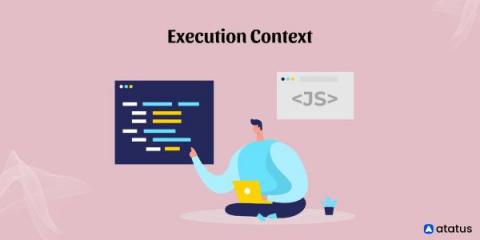Principles of Object-Oriented Programming in TypeScript
Object-oriented programming (OOP) is hard to achieve in a dynamic prototypical language like JavaScript. You have to manually stick to OOP principles because of language features like duck typing. This requires discipline, as nothing in the language enforces the principles. If a diverse team of developers with different backgrounds is involved, a codebase filled with good intentions can quickly become one chaotic mess.











